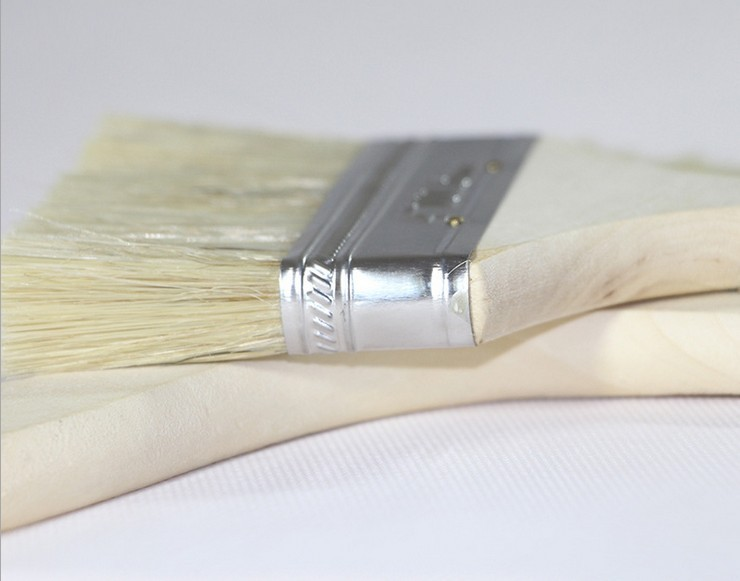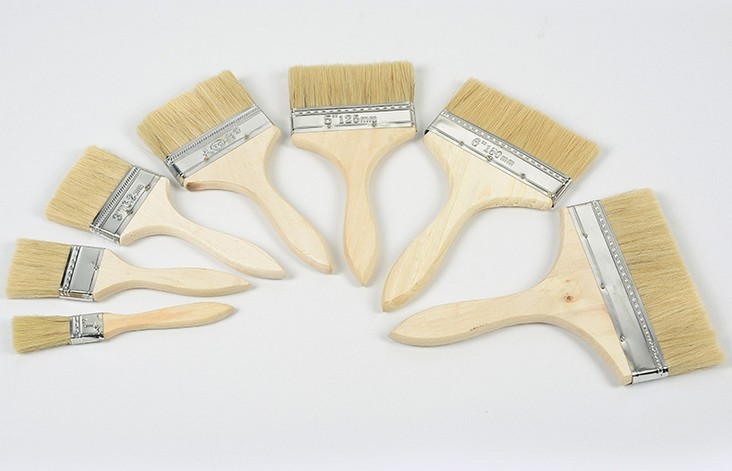Ink and water are not absolutely incompatible. In the actual printing process, the ink and water are squeezed between the rollers and the ink rollers and fuse together to emulsify the ink. There are two types of ink emulsification: when the water is large in ink, the formation of "oil in water"; when the water is small in ink, the formation of "oil in water".
Excessive moisture levels cause various undesirable conditions, such as:
1. Under the effect of mechanical pressure, the ink is emulsified to reduce cohesion and water resistance. The ink's adaptability deteriorated and its delivery was abnormal.
2, due to the emulsification of the ink, so that the ink becomes lighter, the viscosity decreases, the adhesion is weakened, will also make the network point deformation, resulting in paste version, dirt track.
3, water over ambassadors absorb excess water in the transfer process, so that the printed sheet is easily deformed, resulting in overprinting is not allowed.
4. The large moisture content in the ink after offset printing will inevitably affect the drying of the ink layer of the printed product, which will affect the production of the next process, and will also easily cause the dirt on the back of the printed sheet.
Therefore, in the offset printing process, the operator must pay close attention to the status of printed products, layouts, and related parts and components. When the water content is too large, it must be promptly resolved to reduce the loss of waste products caused by excessive moisture.
To identify the size of the water, first look at the surface water. This is mainly based on the operator's experience. In general, the water is large, and the amount of reflected light on the plate is strong, and the side view is bright. On the contrary, the amount of reflected light on the plate is weak and the side view is weak. If the moisture is too large, you can also observe the following points:
1. Printing products that continue to be printed after a short period of stoppage are more different from inks before shutdown.
2. The printed paper curled soft and weak, and was missing.
3, imprinting outlets empty, biting mouth wave was a pale, dark and dull ink.
4. There are tiny drops of water on the transfer roller and there are also drops of water in the ink fountain.
5, the layout of the buoys, the water in the longer version of the machine is still not dry.
6, in the rubber roller at the tip of a water shadow or water droplets.
7. Scoop ink on the ink roller with a knife. There will be small drops of water on the ink knife. Obviously, when the moisture is too large, it must be adjusted in time to reduce the amount of water transport. At the scene, we often use a simple adjustment method: that is, using a coated paper, the length of which depends on the length of the area where the layout or printed product is judged to be larger, the width is about 133mm, and the width direction A paper sheet with a width of about 40-50 mm at one end is evenly cut out in a zigzag or strip shape, and then the side of the shear is pressed against the surface of the water roller, and the unshorn end is fixed to the cross bar of the machine table or the sink On the edge. In this way, due to the fact that there are paper strips resting on some surfaces of the water roller, the paper strip will weaken the water transfer on the surface of the water roller as the water roller rotates. This results in a large adjustment of the water volume. Obvious, simple and practical.
If the water content is too small, it will cause the increase of the field density value, which will result in the enlargement or deformation of the graphic image dot area, resulting in the paste plate, the blank part being dirty, and the level missing. At the scene, if the water content is too small and the above-mentioned unfavorable phenomena occur, the amount of water used must be increased. Sometimes it is also possible to use hand-assisted watering, that is, spraying the water directly on the surface of the water roller at intervals to balance the water and ink.
There are many factors that affect the balance between water and ink. To control the balance between water and ink, it is generally necessary to grasp the principle of less water and thicker ink. Less water refers to the fact that the blank part of the layout is not sticky; thick ink refers to the increase in the amount of ink that is built on the basis of less water. In the printing process, the most taboo is the big ink. When considering the amount of water, the distribution of area size, ink thickness, printing paper properties, ink performance, printing plate type, machine operating speed, shop temperature and humidity, pH of fountain solution, and ink in ink It depends on the adjuvants added.
Wholesale bristle Paint Brush with wooden handle
Most paint brushes are made of bristles, wool or nylon.Brush handles are usually made of wood or plastic.Common paint brush specifications: 1 inch (25mm), 2 inches (50mm), 3 inches (75mm), 4 inches (100mm), 5 inches (125mm).

Hair: 1.Pure black/white bristle, with two times boiled,60%-80%tops
2.PET/PP synthetic fiber, or tapered filament with any color
3. Mixed tapered filament and bristle.
Handle: 1.Wooden handle, it is can be any color
2. Plastic handle, also can be any color


Goat Hair Make Up Brush,Pony Hair Make Up Brush,Bristle Brush,Synthetic Hair Brush
SHIJIAZHUANG QIANDONG IMPORT AND EXPORT TRADE CO.,LTD , http://www.qiandongglobal.com